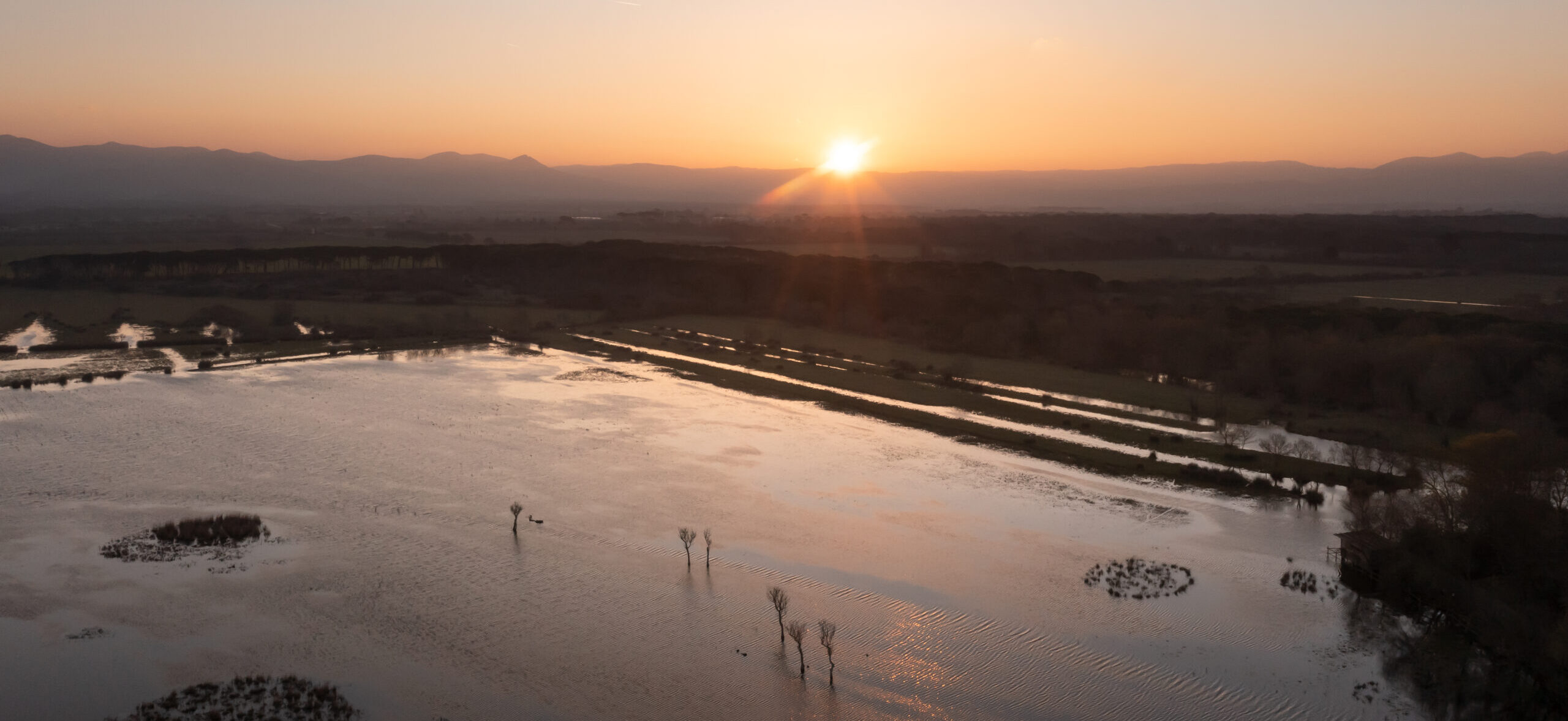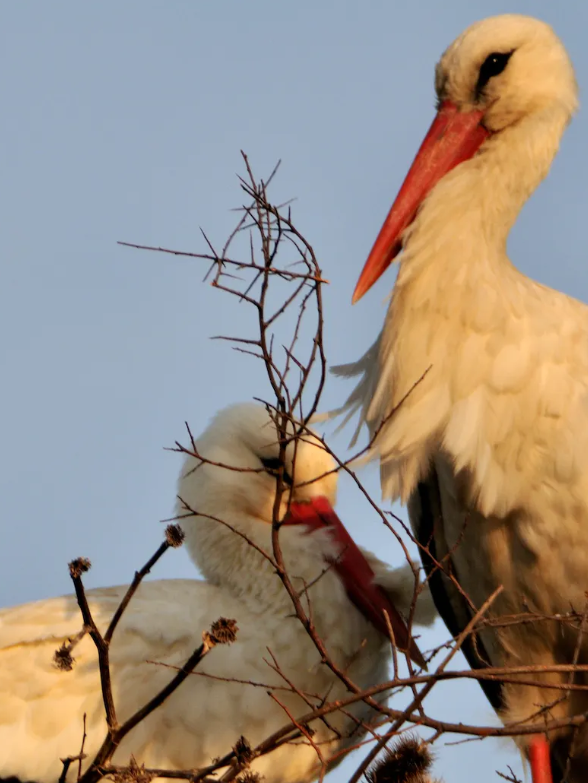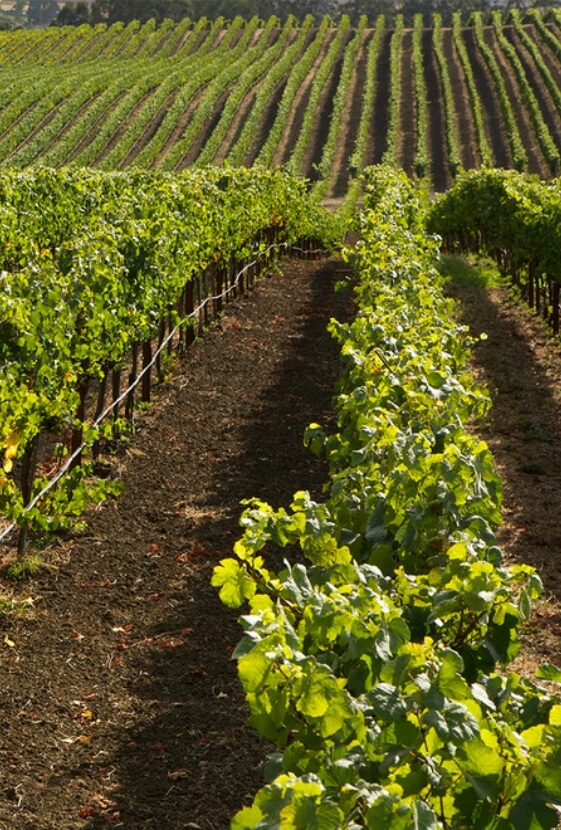
Green Practices

The First Private Italian Wildlife Refuge
The history of the Padule di Bolgheri begins with Marquis Mario Incisa della Rocchetta, who, in 1959, transformed part of the family property into a wildlife refuge for migrating birds and other animals. Padule di Bolgheri was later formalized by the World Wide Fund for Nature (WWF) and legitimized by a visit of Prince Philip, Duke of Edinburgh, in 1965. In the same year, Mario Incisa was appointed President of the Italian WWF. In his last years, he held this position in an honorary form until his death in 1983. Since then, Bolgheri has preserved all the scenic beauty and biodiversity which is typical of the medium-high Tuscan Maremma.
The Wetlands
The Bolgheri Wildlife Refuge is a rare example of a well-preserved coastal and dunes environment along the Tuscan coast. The most important part is linked to the presence of a seasonal wetland, fed exclusively by the autumn and winter rains, as it cannot rely on the water supply of a tributary. It consists of 198 acres of freshwater marshland, surrounded by 1087 acres of flooded woodland, wet meadows, uncultivated land, pastures, and crops.

Protection of Flora and Fauna
The Wildlife Refuge protects flooded woods of ash trees, which are now very rare in Tuscany, vast wet meadows, coastal woods (Tombolo), the dune and the sandy shore. There are also areas used for extensive cultivation (cereals and fodder) and extensive natural meadows and pastures for rearing cattle and resting horses at the end of their careers. The succession of naturally connected but extraordinarily diverse habitats allow a great variety of plants and animals to be observed, particularly birds, of which there are over 250 species.
Preservation of Biodiversity
The Refuge is home to a diverse population of animals. In the fields and pastures, it is easy to observe herons in close contact with cows and horses, as well as hares, wild boar, roe, and fallow deer. Especially in the spring, in the sky, the unmistakable singing flights of the skylark, as well as swifts, sea jays, hoopoes, and numerous other species. Among the reptiles, there is an important population of marsh tortoises. Wild boars, porcupine, beech martens, dormice, hedgehogs and foxes find refuge in the tangled scrubland. In the refuge they carry out important rodent control activities, as well as preying on sick animals or destroying carcasses. The recent arrival of the wolf has helped to balance the animal population.
A Passion For Nature
Taking care of the Wildlife Refuge requires a strong passion for nature and knowing how to listen to it, as well as a profound competence in the field. Numerous maintenance works are carried out, from the construction and maintenance of bridges across the canals, to the restoration of areas that have suffered damage due to the season, the scrupulous preparation of environments that can accommodate animals, and to the observation and monitoring of animal species and flowers.
The coastal tombolo ends at the edge of the beach and is one of the most intact and best preserved on the entire Tuscan coast. Along the stretch of beach in front of the marsh, the waste brought in by the sea is removed manually, while the wood and seagrass ‘banquettes’ deposited during sea storms are kept on the beach to prevent erosion. This wild environment is also the nesting place of the extremely rare Kentish plover (Charadrius alexandrinus), one of the most threatened birds in the Mediterranean.






